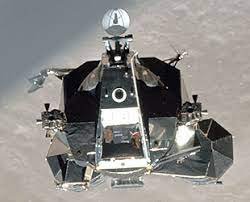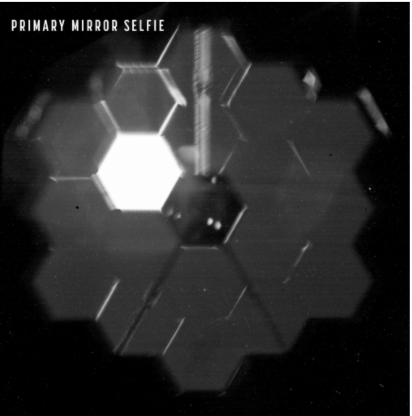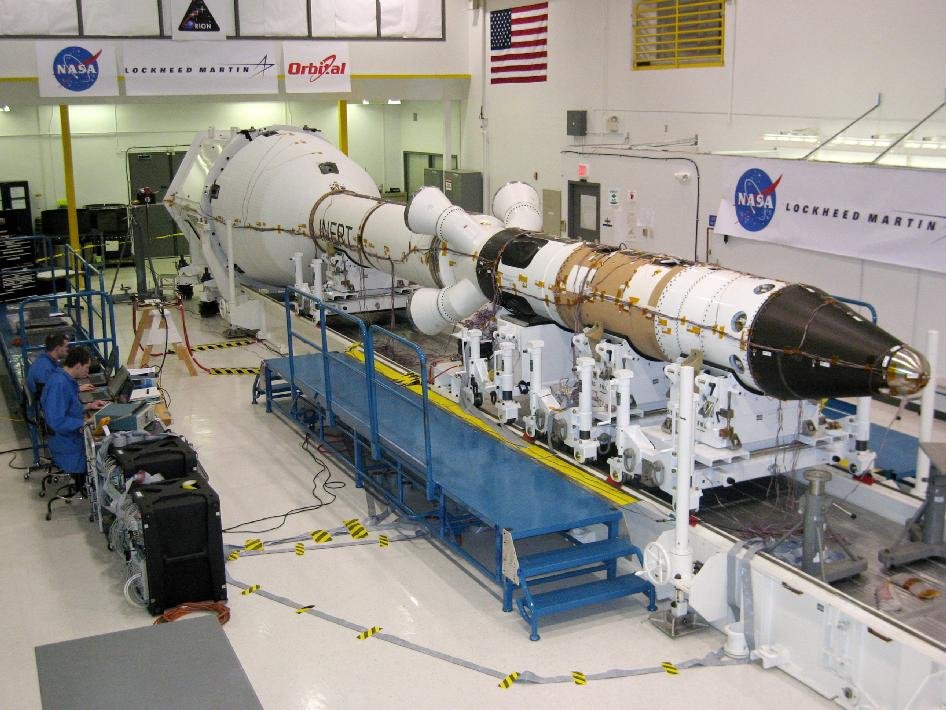It's almost 2022! And not only is 2022 a new year, here’s some stuff happening in space!
First Planetary Defense
DART (Double Asteroid Redirection Test) launched in November of 2021 is the first ever planetary defense system. Its goal is to smash an asteroid to move it off its orbit by two centimeters-per-second. NASA will use this data just in case an asteroid threat comes near us.
DART’s impact date is set for the end of 2022.
GOES-T
The Geostationary Operational Environmental Satellite-T (GOES-T) will provide advanced imagery and atmospheric measurements of Earth’s weather, oceans and environment, real-time mapping of total lightning activity, and improved monitoring of solar activity and space weather.
Due for launch on January 8, 2022
Artemis 1
NASA is returning to the moon.
Artemis I will be the first test of NASA’s deep space exploration systems: the Orion spacecraft, Space Launch System (SLS) rocket and the ground systems at Kennedy Space Center in Cape Canaveral, Florida. The first in a series of increasingly complex missions, Artemis I will be an uncrewed flight test that will provide a foundation for human deep space exploration.
Due for launch in February 2022
CAPSTONE
CAPSTONE will validate new navigation technologies by orbiting the moon.
Due for launch in March 2022
NASA's SpaceX Crew-4 Mission to the International Space Station
NASA and SpaceX will launch their fourth crewed mission to the International Space Station (ISS). Missions teams are targeting no earlier than April 15, 2022, for the launch of NASA’s SpaceX Crew-4 mission to the space station for a six-month science mission aboard the microgravity laboratory.
Backup date is May 2022
SWOT
The Surface Water and Ocean Topography (SWOT) mission is a satellite altimeter jointly developed by NASA and CNES, the French space agency, in partnership with the Canadian Space Agency and UK Space Agency
Due for launch in Spring of 2022
ExoMars Rover Mission
Rosalind Franklin, previously known as the ExoMars rover, is a planned robotic Mars rover, part of the ExoMars program, led by the European Space Agency and the Russian Roscosmon. The mission was scheduled to launch in July 2020, but was postponed to 2022.
Due for Launch on September 20, 2022
Due for landing in summer of 2023
Jupiter Icy Moon Moons Explorer
The Jupiter Icy Moons Explorer is an interplanetary spacecraft in development by the European Space Agency with Airbus Defence and Space as the main contractor.
Due for launch in summer of 2022
Psyche
The NASA Psyche mission is a journey to a unique metal asteroid orbiting the Sun between Mars and Jupiter. What makes the asteroid Psyche unique is that it appears to be the exposed nickel-iron core of an early planet, one of the building blocks of our solar system.
Due for launch in August 2022
EMIT
The Earth Surface Mineral Dust Source Investigation (EMIT) is an Earth Ventures-Instrument (EVI-4) mission to map the mineral composition of arid dust source regions.
The maps of the source regions will be used to improve forecasts of the role of mineral dust in the radiative forcing (warming or cooling) of the atmosphere.
Launching in Sometime 2022
Euclid
Euclid, a planned mission to investigate the profound cosmic mysteries of dark matter and dark energy, This clears the way for construction to begin. Euclid is a European Space Agency mission with important contributions from NASA, including infrared detectors for one instrument and science and data analysis.
Due for launch July-December 2022
MAIA
MAIA will make radiometric and polarimetric measurements needed to characterize the sizes, compositions and quantities of particulate matter in air pollution. As part of the MAIA investigation, researchers will combine MAIA measurements with population health records to better understand the connections between aerosol pollutants and health problems.
Due for launch in late 2022
INSPIRE
The Interplanetary NanoSpacecraft Pathfinder In Relevant Environment (INSPIRE) project will demonstrate the revolutionary capability of deep space CubeSats by placing a nano spacecraft in Earth-escape orbit. CubeSats must demonstrate that they can operate, communicate, and be navigated far from Earth - these are the primary objectives of INSPIRE.
Due for launch in mid to late 2022
NEA Scout
NEA Scout is a new mission that was recently selected by NASA's Advanced Exploration Systems (AES) by a team from the Jet Propulsion Laboratory and Marshall Space Flight Center.
Due for launch in February 2022
That's what’s coming up in space for 2022!
For more information please visit:
https://www.nasa.gov/launchschedule/
https://www.esa.int
https://www.jpl.nasa.gov/missions?mission_status=future


















